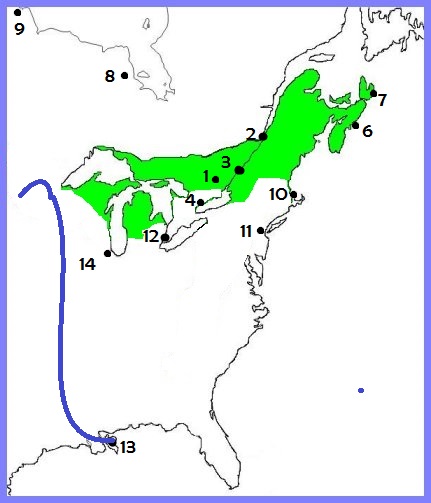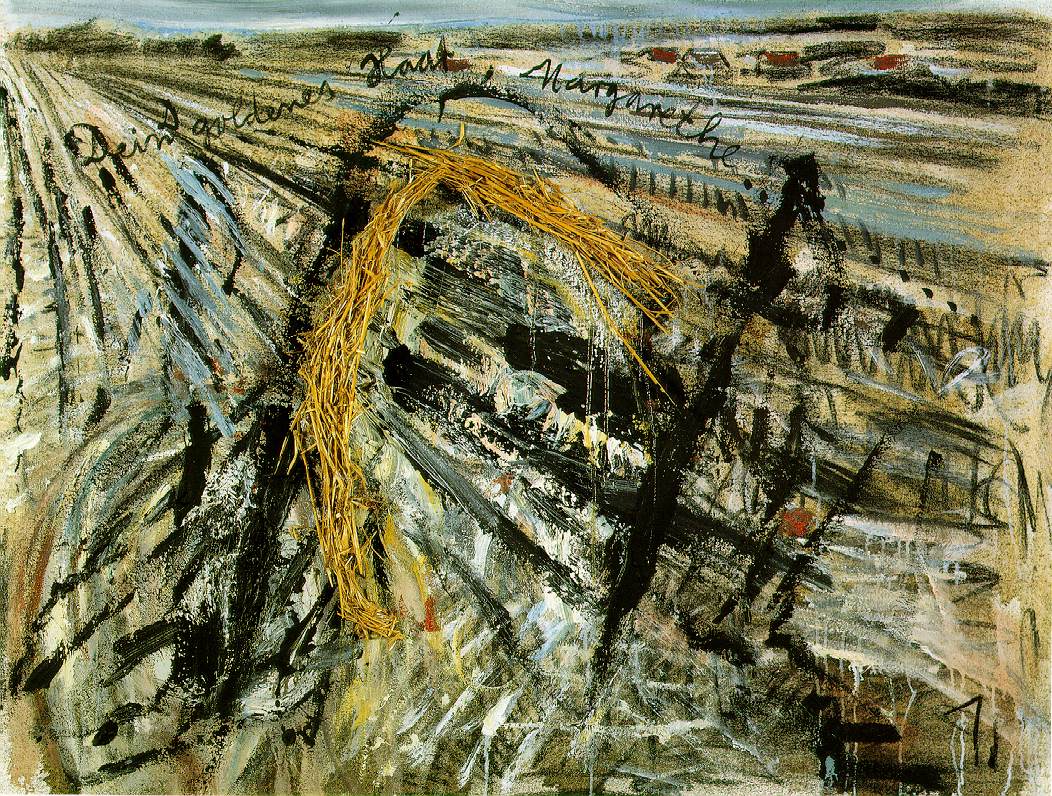ANALYSIS vs. SUMMARY
* Summarizing is restating what the author has said, where analyzing is saying why the author says it.
http://writingcenter.unc.edu/handouts/summary-using-it-wisely/
Summary: A brief paragraph describing and informing three or more of the following elements:
- Who: those involved
- What: the event or topic being covered
- When: time, period, era, night or day
- Where: the location, distance, place
- Why: the cause or causes
- How: the process(es)
Report: An extended summary that delves deeper into more descriptions and details of the above elements
Example: This is a summary of the play Hamlet.
“The play Hamlet is one of betrayal and death. In the beginning of the play Hamlet’s uncle, Claudius kills Hamlet’s father with poison. He does this because he wants to be king, and he wants Gertrude, Hamlet’s mother. Hamlet is very upset. He becomes even more upset when Claudius, his uncle and his mother, Gertrude, announce they are to be married. Hamlet cannot believe that they would do this after such a short period of time. Hamlet then decides to kill his uncle to get revenge. However, Hamlet waits to do this. In the meantime Hamlet’s girlfriend Ofelia goes crazy and drowns herself. Hamlet is also haunted by his father’s ghost. At the end of the play, Hamlet dies.”
Analysis: examines the summary elements described above in order to look for their meaning in the following contexts:
- Relationships, trends, patterns
- Roles of people, places, objects, situations
- Consequences or results of events, decisions and processes
- Causes and their effects
- Advantages and disadvantages/ gains and losses
- Strengths and weaknesses
Example: A Freudian analysis of the play.
“Hamlet explores betrayal and death caused by several levels of poison: physical, psychological and social. All of these poisons are intertwined on a psychological level. Hamlet was first affected by Claudius’s physical poison—the poison that he had poured into the King’s ear, killing him. After Claudius killed the King social poison spread throughout the kingdom like a disease. The rebels began to call Laertes Lord, disrupting Hamlet’s claim to the throne, ‘How cheerfully on the false trail they cry’ (IV, V, 87). Hamlet’s suppressed desire, the Oedipus complex, for his mother led to his own psychological poisoning, ‘Go not to mine uncle’s bed’ (III, III, 153). He was upset that he desired to kill his father, as his uncle did, in order to possess his mother. Hamlet desired to seek revenge on those who had hurt him, which was caused by his id, ‘Here thou incestuous, murderous, damned Dane, Drink of this potion’ (V, II, 330-333). However, Hamlet hesitated to kill his uncle because of his moral super ego, ‘How I stand then, That have a father killed, a mother stained, Excitements of my reason and my blood, And let all asleep’ (IV, IV, 56-59)? These inner psychological conflicts prevented Hamlet from acting until it was too late, and death was already knocking on his door, ‘The potent poison quiet o’er-crows my spirit’ (V, II, 359).”
Difference between Analysis and Summary
Posted by msandhu on November 10, 2011
Writing a summary or an analysis seems like the easiest assignments but they can be very confusing. Many students confuse and mix summary with an analysis. They sometimes know what a summary is but they also think of analysis as a summary. However, they are two different things. A summary is rewriting what the story is about, but putting it in your own words. An analysis is breaking down the reading into smaller parts and examining it. I have put together some of the common factors that each one of them include.
SUMMARY
Writing a summary is not only limited to English classes. There are many other courses that you can take and you might have to write a summary. A summary is a report of author’s viewpoint. A summary is rewriting what you have read in your own words. One can think of the summary as the short version of the original writing. You should tell the reader what were the main and important points of the writing. Your summary should include the thesis or the main argument of the paper. In the summary, you should not include your opinion or what you think the author is trying to imply by writing it. It should only focus on what the author has written. Summary should also not include any kind of evaluation by the reader. You should not write what you think are the author’s strong or weak arguments.
One of the other important information the summary should include is the name of the book or article, the author’s name and the publication information. The publication information is when that piece of writing was first published (Date or year) and where was it published? This information usually goes in the introductory paragraph which is also going to include the thesis statement of the writing you have read.
The summary should also be formal. You should not address the author by their first name; use only their last name of the author. It is typed and usually only one paragraph depending on what you are writing about. I have only listed some of the most common factors that need to be included in the summary. Your instructor could give you a different structure they want you to follow and other guidelines.
ANALYSIS
An analysis is breaking a large topic into smaller pieces to better understand the subject. In an analysis you are not telling the reader about the main viewpoints of the author or what the writing is about, it is examining the structure and the details of the writing. You break the story into smaller parts to understand it better. Many instructors do not want you to express your opinion about the subject discussed in the paper. You can only give your opinion on how well the author did to convince the reader.
The first paragraph should be the introductory paragraph and it should include the title, author’s name, and publication details. You can also give the reader some background information on the subject being discussed in the writing and then give the thesis statement of the paper. First paragraph can also have a short summary about the paper.
In your analysis paper, you should address what is the main argument that the author is making and how well do they support the argument. The other factor to address is how reliable are the sources, and the authority that the author cites to make their argument strong. An analysis paper can also include the strengths and weaknesses of the paper and how they affect the argument being made by the author. You should also examine the tools like statistics, examples or citing of an authority to analyze the author’s reasoning for writing the paper. The other points one could address in their analysis paper are does the author address the opposition’s view point and does he/she attempts to refute it. Many instructors do not want you to express your opinion about the subject discussed in the paper. You can only give your opinion on how well the author did to convince the reader. However, depending on your class level and your instructor it might be different and you might be allowed to express your opinion on the subject matter and tell whether you agree or disagree with the author.
It is very easy for many students to confuse analysis with a summary. They both have few similarities in the introductory paragraph but overall they have different structures. Most of the analyses or summaries will include many of the factors that I have listed above but you should always ask your instructors about what structure and guidelines they want you to follow. The structure and the information you put in your summary or analysis might also differ because of your class.
Editor’s note: While what Mohanjit says here is an excellent guideline as to the difference between summary and analysis, as a teacher, I’d feel a bit remiss if I didn’t mention that even with such seemingly fundamental terms as “analysis” and “summary,” teachers often have different understanding of what words mean. So, be aware that in addition to this excellent overview, your instructor may be looking for something specific in your analysis as well.
http://writingcenter.cos.edu/2011/11/difference-between-analysis-and-summary/
 ESSAY TOPICS for the ABSOLUTELY TRUE DIARY OF A PART-TIME INDIAN
ESSAY TOPICS for the ABSOLUTELY TRUE DIARY OF A PART-TIME INDIAN


